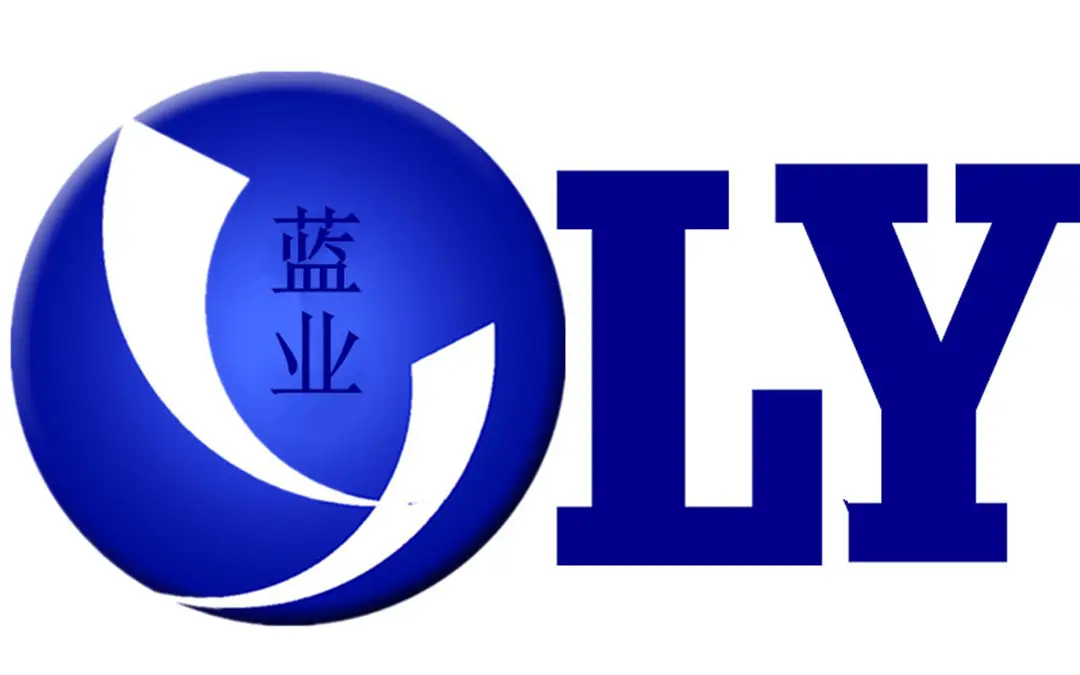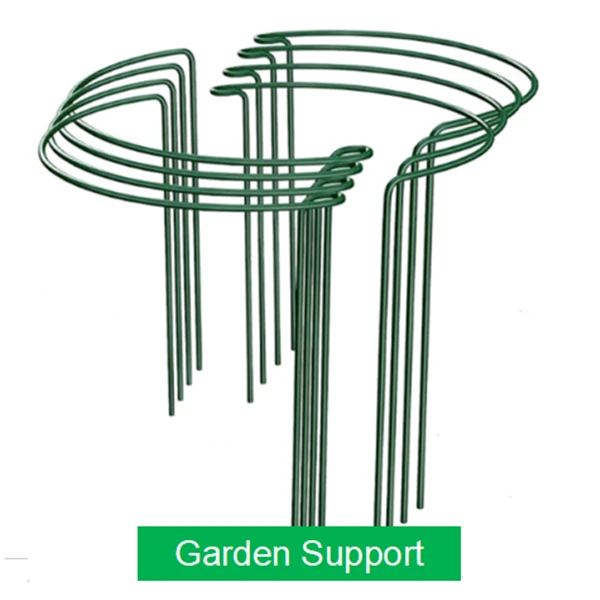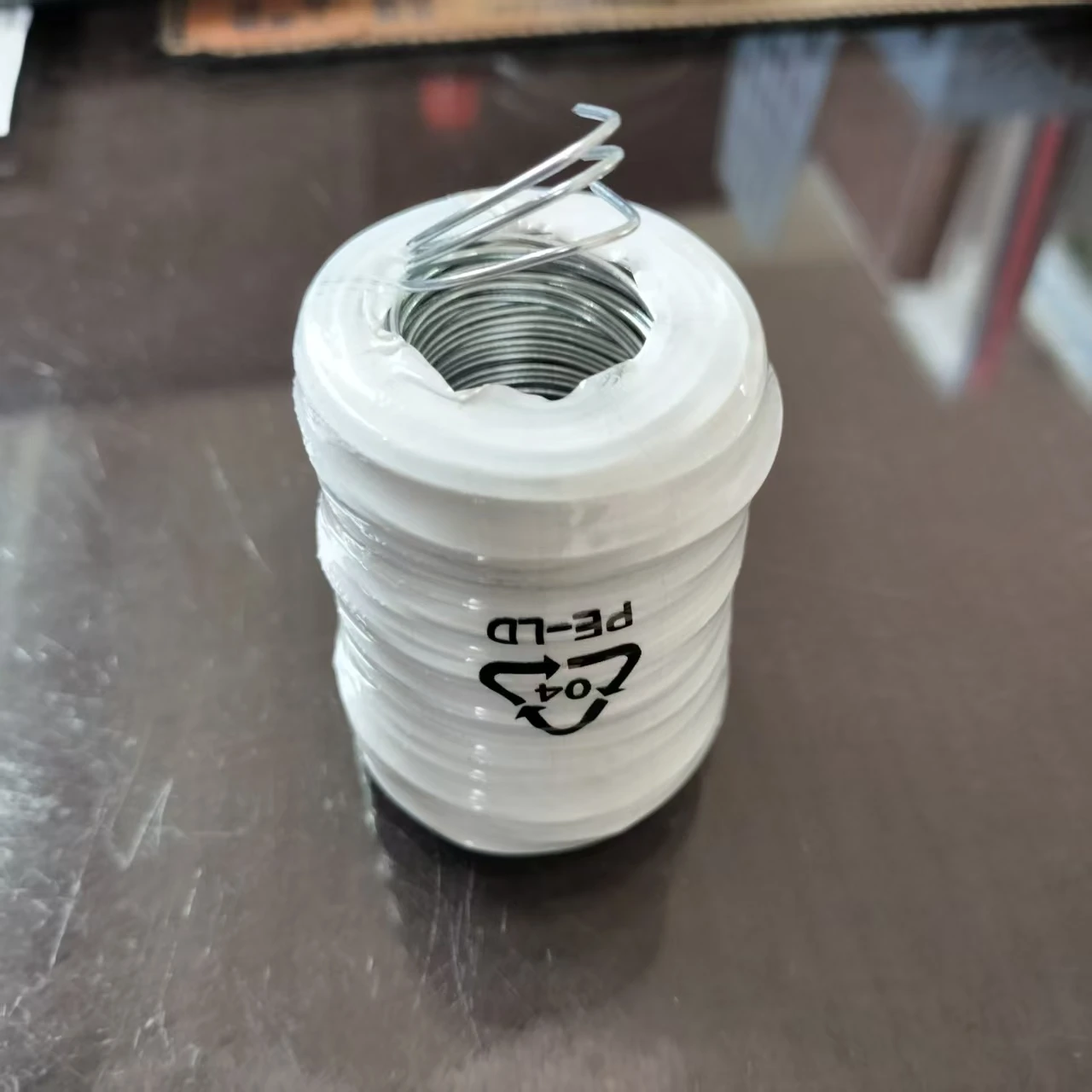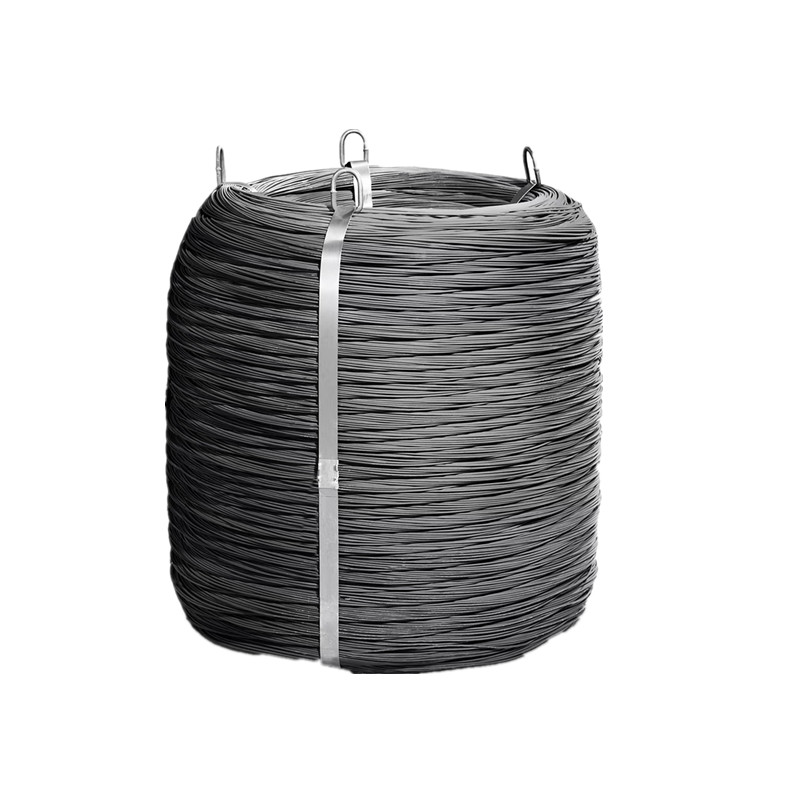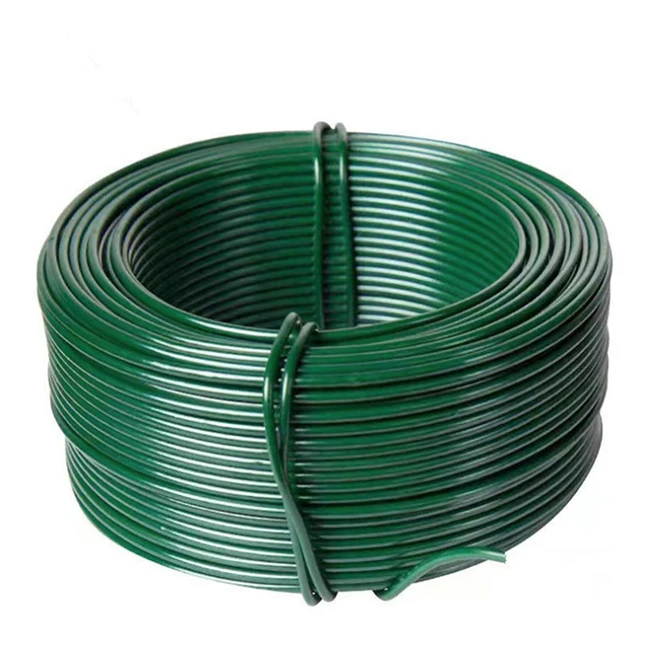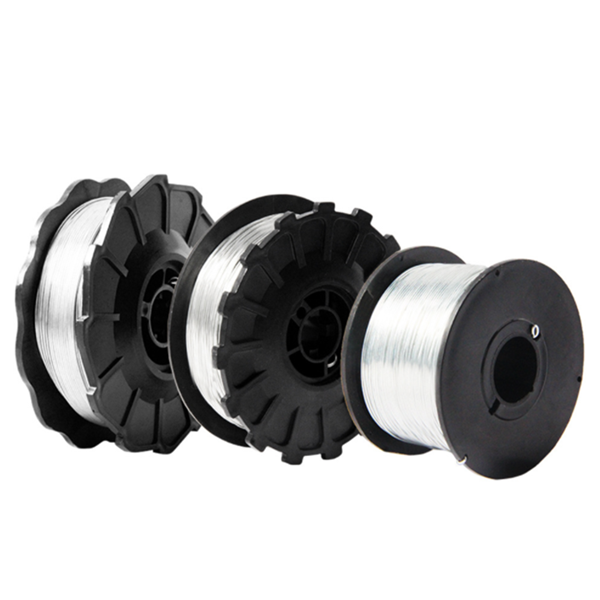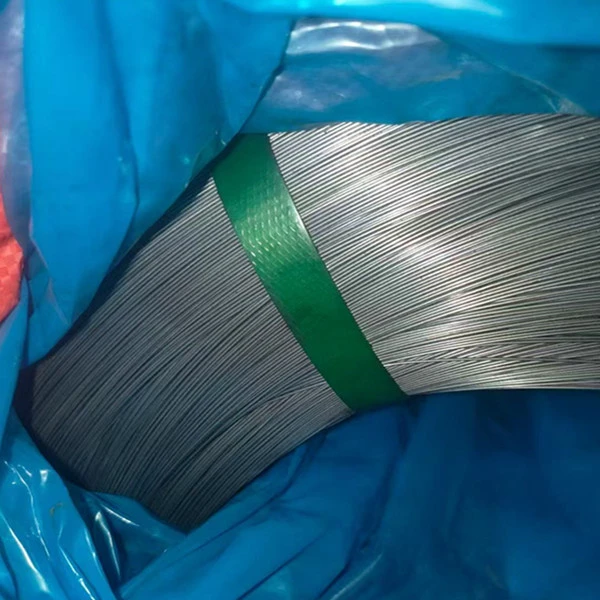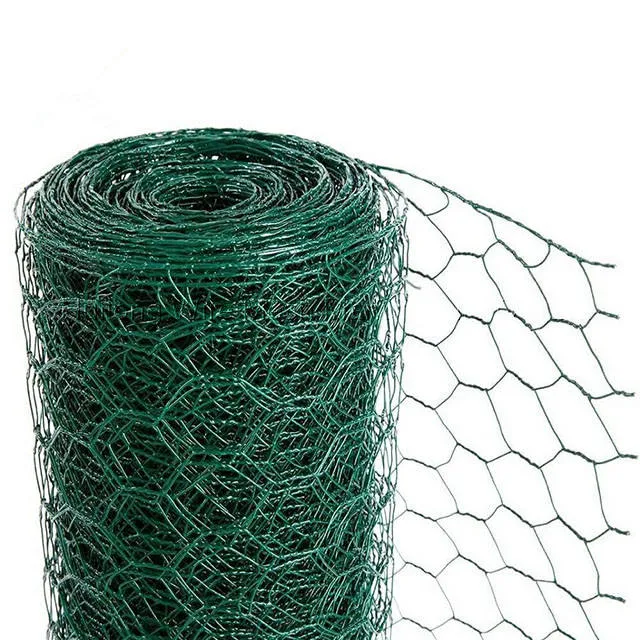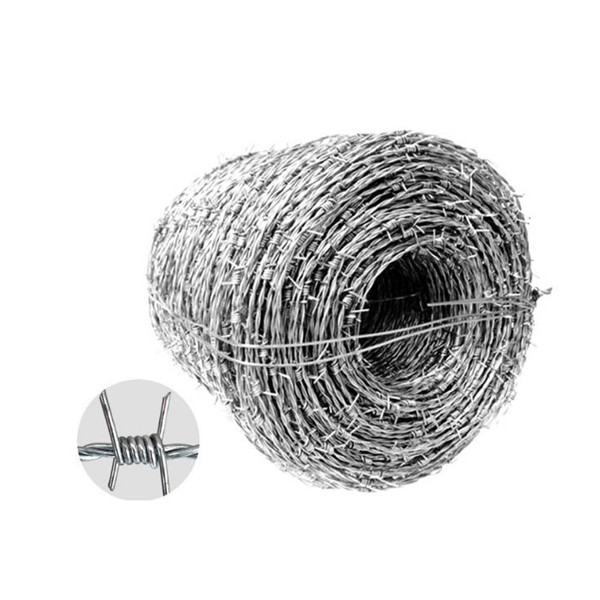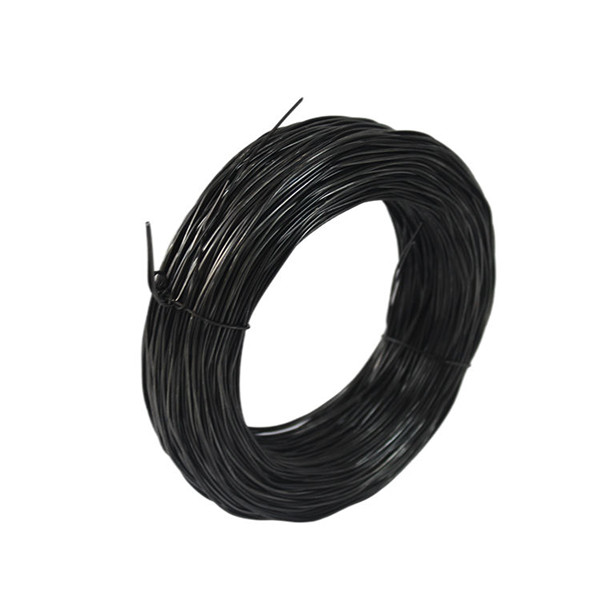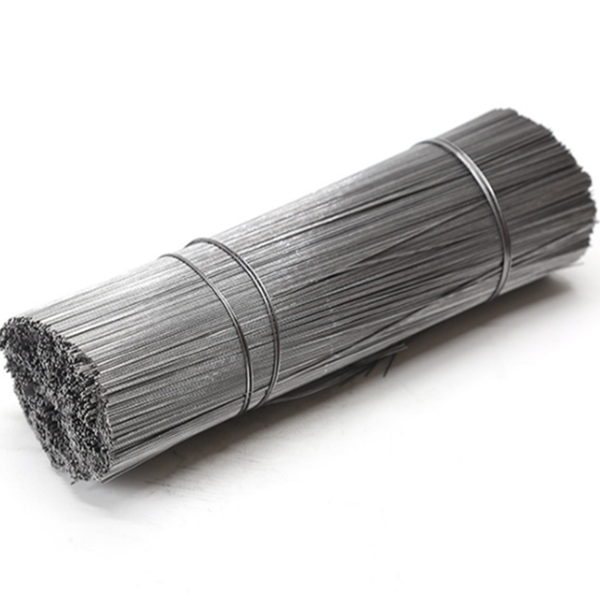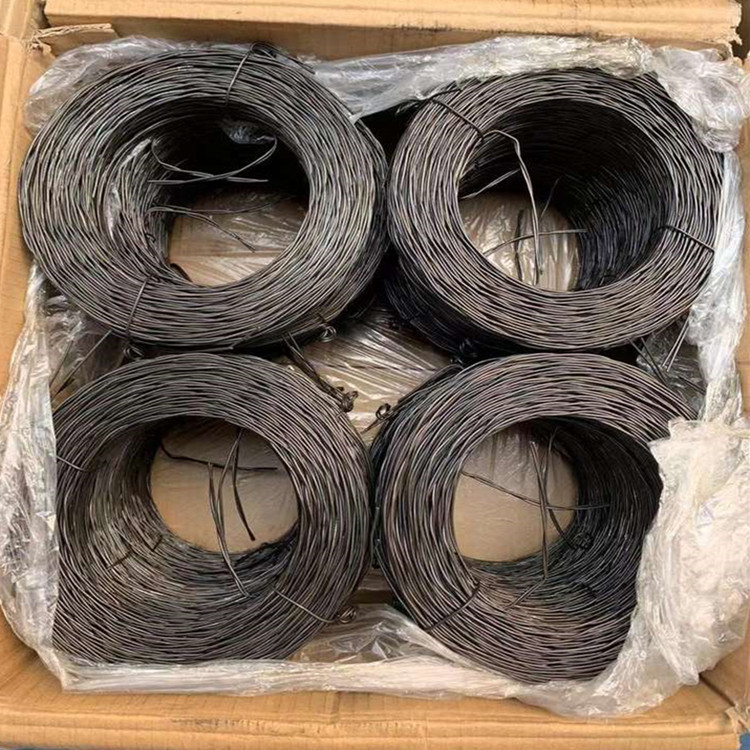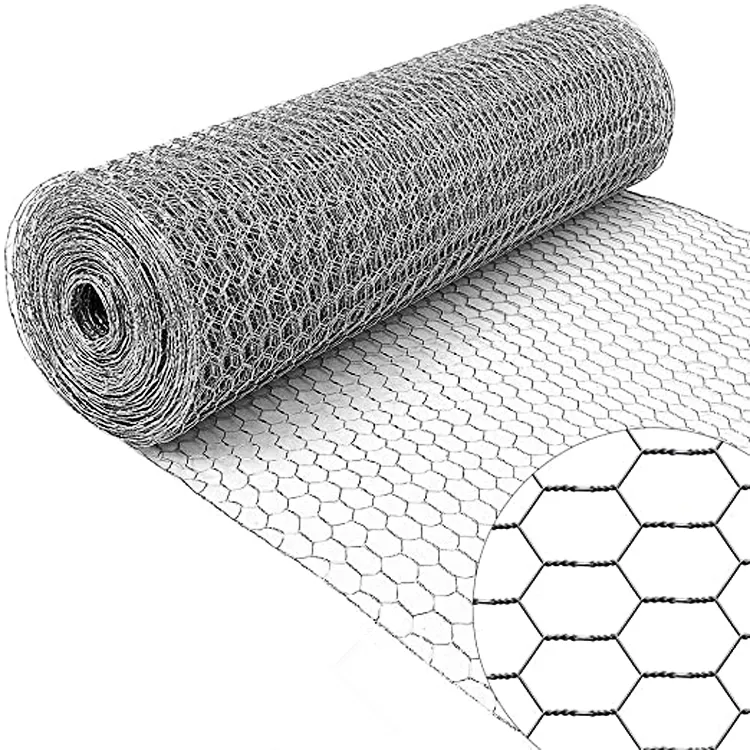In construction projects such as residential buildings, bridges, highways, and industrial workshops—where structural stability and durability are paramount—concrete alone often lacks sufficient tensile strength to resist deformation under loads (e.g., weight, temperature changes, or seismic activity). Concrete rebar mesh, concrete reinforced mesh panels, and concrete mesh panels have become core materials to enhance concrete’s structural performance, and Dingzhou Lanye Metal Products Co., Ltd., a professional manufacturer of metal mesh products, produces high-quality concrete reinforcement meshes with excellent physical and chemical properties.

Core Mechanisms of Concrete Rebar Mesh in Preventing Structural Deformation
- Concrete Rebar Mesh compensates for concrete’s low tensile strength, a key factor in preventing cracking and deformation. Concrete has high compressive strength (typically 20-50MPa) but weak tensile strength (only 1-3MPa), meaning it easily cracks when pulled—cracks then expand under continued loads, leading to structural deformation. Dingzhou Lanye Metal Products Co., Ltd.’s concrete rebar mesh (made of low-carbon steel wire with tensile strength ≥350MPa) is embedded in concrete to bear tensile forces. For example, in a residential floor slab (100mm thick), the mesh absorbs 80-90% of the tensile stress generated by the slab’s own weight and upper loads, preventing the formation of wide cracks (limited to ≤0.2mm, meeting national construction standards). This stress-sharing mechanism ensures the slab remains flat without sagging (deformation control within ±2mm per meter), maintaining structural stability. For wholesalers, emphasizing this mechanism helps clients understand why concrete rebar mesh is indispensable in concrete structures—especially in projects where deformation could lead to safety hazards (e.g., high-rise building floors).
- Concrete Rebar Mesh enhances concrete’s ductility, reducing brittle deformation under extreme conditions. Brittle deformation (sudden cracking or collapse without prior warning) is a major risk for unreinforced concrete structures, especially during seismic activity or temperature fluctuations. Dingzhou Lanye Metal Products Co., Ltd.’s concrete rebar mesh (with well-proportioned meshes and strong welds) acts as a “tensile skeleton” that allows concrete to undergo controlled deformation before reaching its breaking point. In a bridge deck application, for instance, the mesh stretches slightly with concrete when the deck expands in high temperatures (30-40℃) and contracts in low temperatures (-10-0℃), preventing thermal cracking that would cause uneven deformation (e.g., deck warping). Testing shows that concrete structures reinforced with Dingzhou Lanye Metal Products Co., Ltd.’s mesh have 3-5 times higher ductility than unreinforced ones, reducing the risk of sudden deformation and improving structural resilience. Wholesalers can highlight this advantage to clients in earthquake-prone or climate-variable regions, where anti-brittle deformation performance is critical.
Application of Concrete Reinforced Mesh Panels in Different Anti-Deformation Scenarios
- Concrete Reinforced Mesh Panels are highly effective in preventing flexural deformation in large-span concrete structures. Large-span structures (e.g., 6-10m span floor slabs in commercial buildings or 10-20m span bridge decks) are prone to flexural deformation (sagging) under their own weight and external loads—unreinforced concrete would crack and sag significantly, affecting usability. Dingzhou Lanye Metal Products Co., Ltd.’s concrete reinforced mesh panels (with wire diameter 4-8mm and mesh size 100×100mm) are designed for such scenarios: the rigid grid structure distributes loads evenly across the panel, and the strong welded points ensure the mesh does not deform independently of concrete. For a 8m span floor slab, using these panels reduces flexural deformation from 15mm (unreinforced) to ≤5mm (reinforced), meeting the strict deformation limits for commercial building floors (≤L/250, where L is the span). Additionally, the panels are pre-cut to standard sizes (e.g., 2m×4m), making on-site installation faster and reducing errors that could lead to uneven reinforcement and localized deformation. Wholesalers supplying large-scale construction projects can promote these panels as a time-saving and anti-deformation solution.
- Concrete Reinforced Mesh Panels prevent shrinkage deformation in early-stage concrete curing. Fresh concrete shrinks as it dries (shrinkage rate 0.03-0.05%), which can cause surface cracking and internal deformation if not controlled—these cracks weaken the structure and provide channels for water or corrosion factors to enter. Dingzhou Lanye Metal Products Co., Ltd.’s concrete reinforced mesh panels (with corrosion-resisting and oxidation-resisting properties) restrict shrinkage by holding concrete in place during curing. In precast concrete wall panels, for example, embedding the panels reduces shrinkage deformation by 60-70%, limiting surface crack width to ≤0.1mm and ensuring the panels remain flat (no warping or bowing). The panels also speed up curing by promoting uniform heat dissipation, further reducing the risk of uneven shrinkage. For wholesalers supplying precast concrete manufacturers, this application is a key selling point—precast components with Dingzhou Lanye Metal Products Co., Ltd.’s concrete reinforced mesh panels require less post-curing repair and have higher dimensional accuracy, improving client efficiency.
Advantages of Concrete Mesh Panels Over Traditional Rebar in Anti-Deformation Performance
- Concrete Mesh Panels offer more uniform stress distribution than traditional loose rebar, reducing localized deformation. Traditional reinforcement uses loose rebar (cut and tied on-site), which often has uneven spacing (due to human error) or poor lap joints—this creates weak points where stress concentrates, leading to localized deformation (e.g., beam cracking at rebar lap positions). Dingzhou Lanye Metal Products Co., Ltd.’s concrete mesh panels have well-proportioned meshes (spacing error ≤5mm) and strong welded joints, ensuring every part of the panel bears stress evenly. In a highway pavement project, for example, concrete mesh panels reduce pavement cracking by 50-60% compared to traditional rebar, as the uniform grid prevents stress concentration at specific points. The panels also eliminate the need for on-site tying, reducing labor time by 30-40% and minimizing installation errors that contribute to deformation. For wholesalers, this advantage is particularly appealing to clients focused on construction quality and efficiency—Dingzhou Lanye Metal Products Co., Ltd.’s concrete mesh panels not only improve anti-deformation performance but also lower project costs.
- Concrete Mesh Panels have better corrosion resistance than uncoated traditional rebar, preventing deformation caused by mesh failure. Traditional loose rebar is often uncoated or poorly coated, making it prone to rust in humid environments—rust expands (volume increases by 2-3 times), causing concrete spalling (surface peeling) and internal deformation (e.g., column bulging or wall cracking). Dingzhou Lanye Metal Products Co., Ltd.’s concrete mesh panels (with corrosion-resisting and oxidation-resisting treatments) maintain their structural integrity even in harsh conditions. In an underground parking garage (high humidity, frequent water exposure), the panels remain rust-free for 20-30 years, while traditional rebar may rust within 5-10 years, leading to concrete spalling and floor slab deformation (sagging by 5-10mm). This long-term anti-corrosion performance ensures the structure remains deformation-free throughout its service life, reducing maintenance costs for clients. Wholesalers can emphasize this durability to clients in underground, coastal, or industrial projects where corrosion is a major concern.
Concrete Rebar Mesh FAQS
Which specification of Dingzhou Lanye Metal Products Co., Ltd.’s concrete rebar mesh is most suitable for preventing deformation in residential floor slabs?
For residential floor slabs (typically 80-120mm thick, span 3-6m), Dingzhou Lanye Metal Products Co., Ltd.’s concrete rebar mesh with wire diameter 4-6mm and mesh size 100×100mm or 150×150mm is ideal: 1. Wire diameter 4-6mm balances strength and flexibility—providing sufficient tensile resistance to prevent sagging (deformation ≤3mm per meter) while not being too thick to affect concrete pouring. 2. Mesh size 100×100mm (for slabs with higher load requirements, e.g., living rooms with heavy furniture) or 150×150mm (for bedrooms with lighter loads) ensures even stress distribution, avoiding localized cracking. Additionally, the mesh’s corrosion resistance (hot-dip galvanization) protects against rust in bathroom or kitchen slabs (high humidity), maintaining anti-deformation performance long-term. Wholesalers can recommend these specifications based on slab thickness and load, ensuring residential structures meet comfort and safety standards.
How do Dingzhou Lanye Metal Products Co., Ltd.’s concrete reinforced mesh panels perform in preventing deformation of precast concrete components?
Dingzhou Lanye Metal Products Co., Ltd.’s concrete reinforced mesh panels excel in preventing deformation of precast concrete components (e.g., wall panels, beam segments) through three key features: 1. High solid structure and strong welds: The panels maintain their shape during precast pouring and demolding, preventing component warping (deformation control within ±1mm per meter). 2. Corrosion and oxidation resistance: Protects the mesh from rust during storage (precast components often wait weeks before installation), avoiding rust-induced concrete spalling and dimensional changes. 3. Well-proportioned meshes: Ensures uniform reinforcement, reducing shrinkage deformation during curing (shrinkage rate ≤0.02%, half that of unreinforced precast components). For example, precast wall panels using these panels have no visible bowing (deformation ≤2mm over 2.4m height) and fit seamlessly during on-site assembly, reducing construction delays. Wholesalers can highlight this performance to precast manufacturers, as it improves component quality and reduces rework rates.
What makes Dingzhou Lanye Metal Products Co., Ltd.’s concrete mesh panels more effective in preventing structural deformation than traditional loose rebar?
Dingzhou Lanye Metal Products Co., Ltd.’s concrete mesh panels outperform traditional loose rebar in anti-deformation due to four advantages: 1. Uniform stress distribution: Well-proportioned meshes (spacing error ≤5mm) eliminate stress concentration points, while traditional rebar often has uneven spacing (error up to 20mm) that causes localized deformation. 2. Stronger joints: Welded points (shear resistance ≥300MPa) prevent mesh detachment, whereas traditional rebar lap joints (tied with wire) can loosen under loads, leading to rebar shifting and concrete cracking. 3. Reduced installation errors: Pre-fabricated panels avoid on-site cutting/tying mistakes (e.g., rebar misalignment), which often lead to uneven reinforcement and deformation. 4. Better corrosion protection: Coated panels resist rust longer than uncoated traditional rebar, preventing rust-induced concrete spalling and deformation. Testing shows that structures using these panels have 40-60% less deformation than those with traditional rebar, making them a more reliable choice for long-term structural stability.
Can Dingzhou Lanye Metal Products Co., Ltd.’s concrete rebar mesh be used in earthquake-prone areas to prevent structural deformation during seismic activity?
Yes, Dingzhou Lanye Metal Products Co., Ltd.’s concrete rebar mesh is highly suitable for earthquake-prone areas, as it enhances structural anti-deformation and seismic performance: 1. High ductility: The mesh’s low-carbon steel wire and rigid grid allow concrete to undergo controlled deformation (plastic hinge formation) during earthquakes, absorbing seismic energy and preventing sudden collapse. 2. Strong welds: Welded points do not break under seismic shaking (tested to withstand 0.4g acceleration, equivalent to magnitude 6 earthquake), ensuring the mesh remains intact to support concrete. 3. Corrosion resistance: Protects the mesh from rust in post-earthquake humid conditions (earthquakes often damage water pipes, increasing humidity), avoiding secondary deformation (e.g., column cracking) from rust expansion. In earthquake-prone regions like Sichuan, China, buildings using this mesh showed only minor cracks (≤0.3mm) after magnitude 5 aftershocks, with no structural deformation (e.g., column leaning or floor sagging). Wholesalers can recommend this mesh to clients in seismic zones, as it aligns with local construction codes and improves building safety.
How should Dingzhou Lanye Metal Products Co., Ltd.’s concrete reinforced mesh panels be installed to maximize their anti-deformation effect?
To maximize anti-deformation, install Dingzhou Lanye Metal Products Co., Ltd.’s concrete reinforced mesh panels following three key steps: 1. Positioning: Place the panels at the correct depth (e.g., 20-30mm from concrete surface for floor slabs, 30-50mm for beams) to ensure they bear tensile forces—too shallow (≤10mm) risks mesh exposure and rust, too deep (≥60mm) reduces stress-bearing efficiency. Use spacer blocks (plastic or concrete) to maintain depth uniformly. 2. Connection: Overlap adjacent panels by 1-2 mesh openings (e.g., 100-200mm for 100×100mm mesh) and secure with wire ties (spacing ≤300mm) to avoid panel separation during pouring—separation would create weak points leading to deformation. 3. Pouring: Use vibrators to ensure concrete fully fills mesh gaps (no air bubbles) and avoid dragging the mesh during pouring (which could shift its position). For example, in bridge deck installation, proper positioning and connection of Dingzhou Lanye Metal Products Co., Ltd.’s panels reduce flexural deformation by 70% compared to incorrect installation. Wholesalers can provide these guidelines to clients, ensuring the panels deliver optimal anti-deformation performance and avoiding installation-related structural issues.



